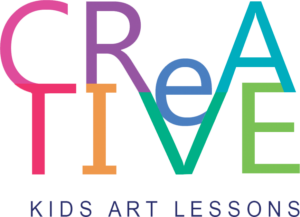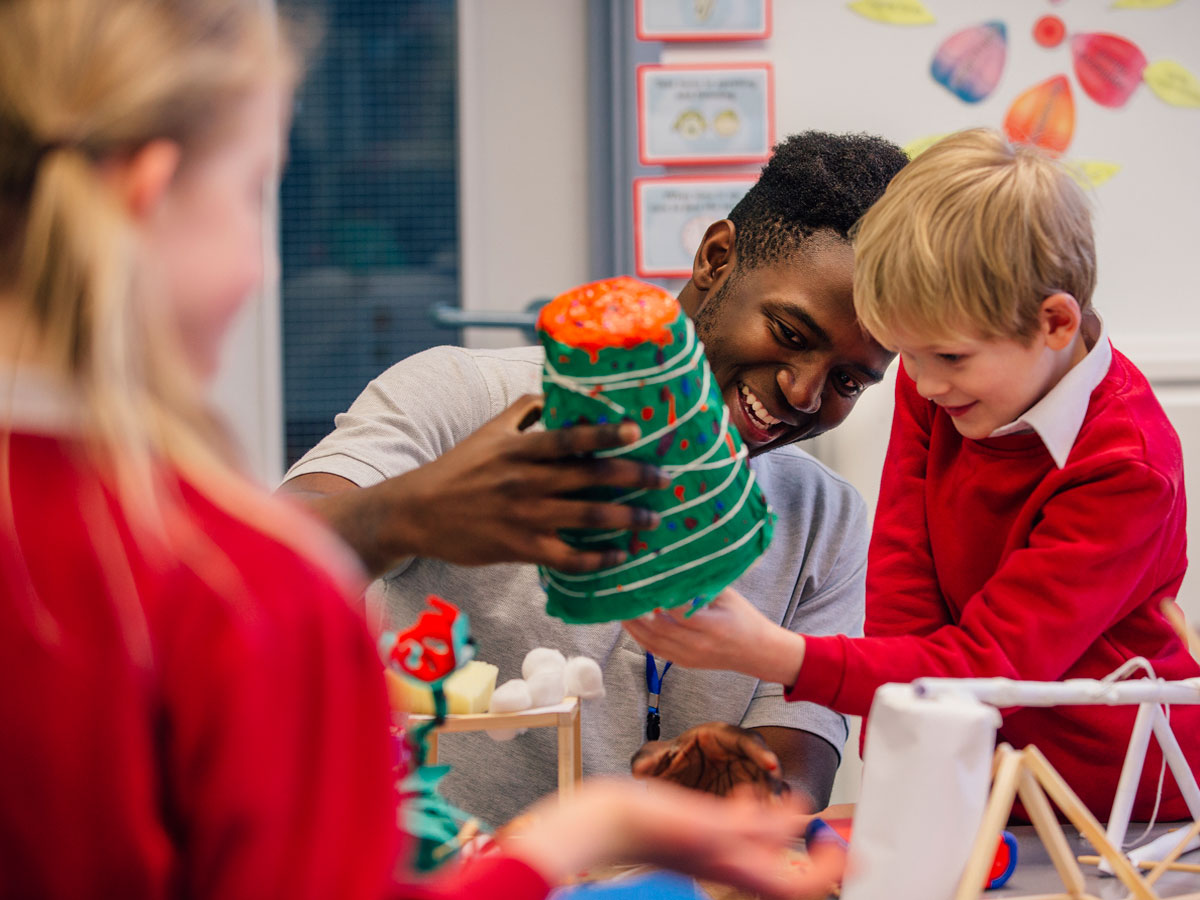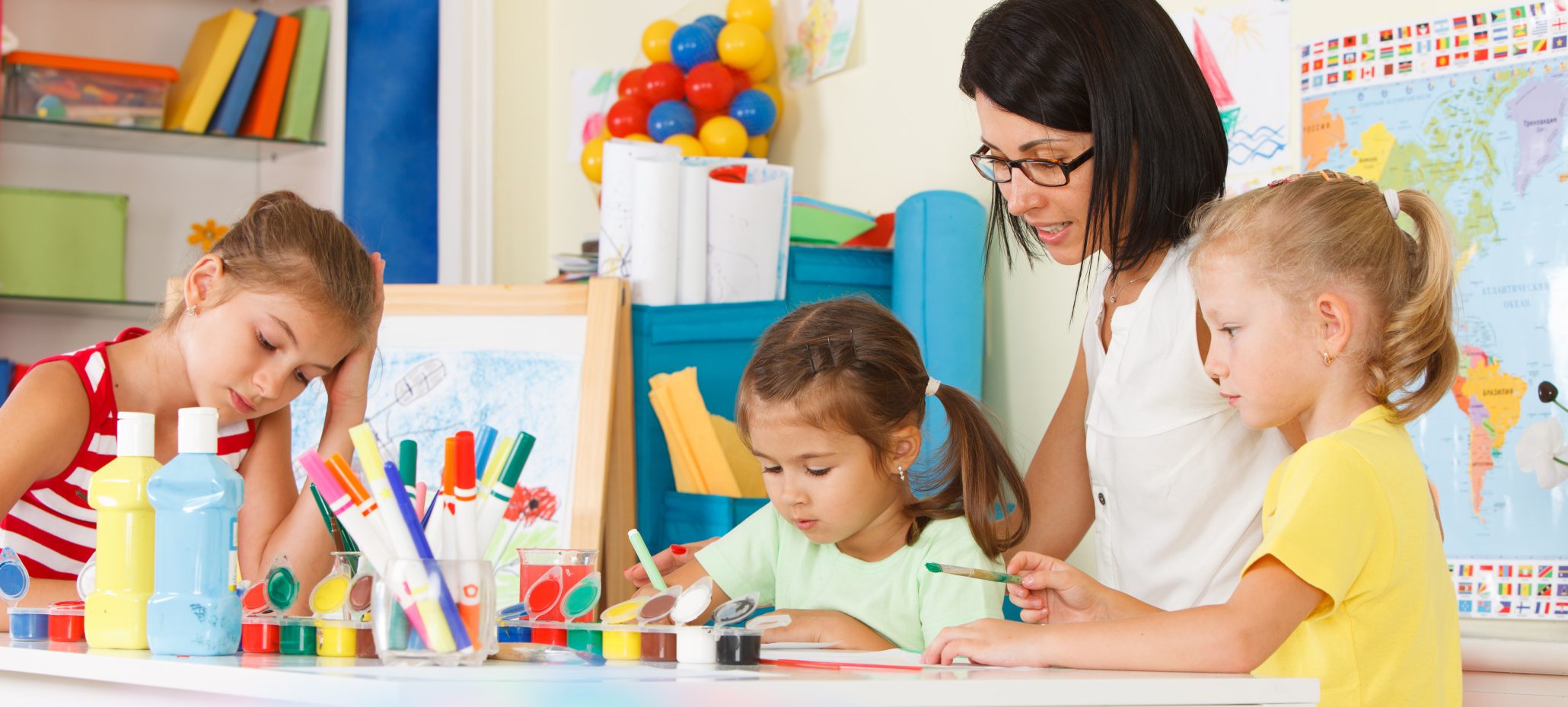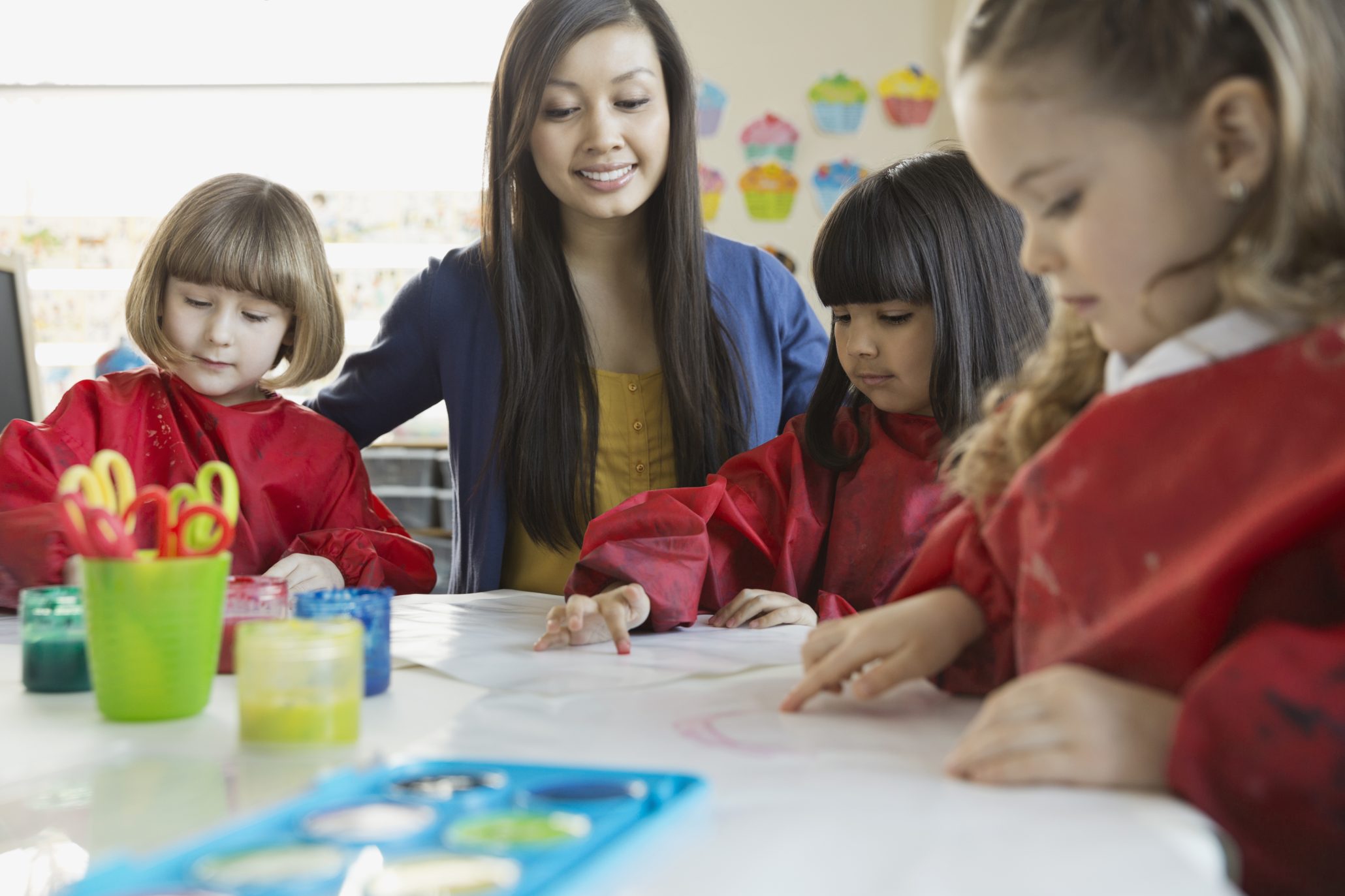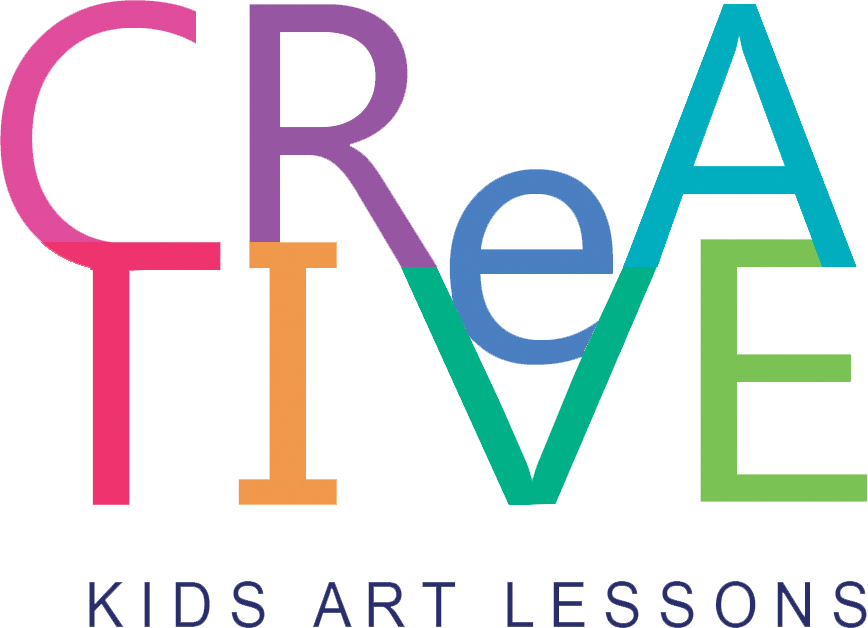Starting the year off on a good foot with some clear and simple classroom management strategies will help you gain confidence in your own teaching and will save time on dealing with difficult behaviours, giving you and your class more time to create!
Creating a positive classroom environment
- Set clear expectations and consequences at the start of the year and at the start of every lesson
- Foster mutual respect between yourself and your students by showing respect, using respectful language at all times and getting to know your students’ name
- Create a visual aid such as a poster outlining your classroom rules and consequences so you can refer to it during the lesson and so that students are always aware of what they need to do and what might happen if they misbehave”
- Reward positive behaviour. If you see some students doing the right thing, praise them, this will often make others who might be misbehaving jump on board with the positive behaviour
- Learn and use your students’ names – keep a seating plan, use name tags or have a list handy so you can use their names whenever you address them. This way they will feel like an individual and not just another student
- Use positive instructions. Instead of saying ‘Don’t put the clay down the sink’, you can say, ‘We put the leftover clay in the tub at the front of the room’
- Use direct phrases to get the class on board with positive behaviour, for example, ‘We don’t make fun of other people’s work in this art room’ or ‘We always leave the art room as we found it’ or ‘Students always listen when I am giving instructions’
- Use humour, but never sarcasm. Sarcasm is subtle and hard to understand, it is never helpful in creating a positive art room, as kids who don’t get it can feel left out or confused. Use humour where appropriate, but make sure it’s simple and inclusive so that all students can feel they understand the joke!
- Avoid shouting. Wait for quiet for as long as you need to, showing students that you are waiting by looking at your watch, crossing your arms and making eye contact with students who are talking. Make clear statements such as ‘I am waiting for everyone to be listening’ but don’t shout, as this just indicates to students that you have lost control
- Offer rewards for great behaviour. Sometimes a tiny sticker or a thirty-cent toy is incentive enough to motivate students to clean up properly, work really hard or for them to remember some of the content to answer questions at the end of the lesson
- Noise levels in the artroom: Download our poster for lower primary and elementary students and let the kids know which noise level is appropriate for the task at hand. Noise Level Poster is free to members or it can be purchased from our shop.
Creating routines
- Set out clear routines from the beginning of the year and from the beginning of each art lesson. Have clear routines for the beginning of every lesson, for how you expect students to work within the lesson, for packing away and cleaning up at the end of each lesson and for finishing off the lesson
- It is always great to finish a minute or two early, as this gives you time to check the room for any loose equipment and to ask some questions about what students have learnt during the lesson – eg: ‘Who can tell me what a primary colour is?’
- Explicitly Teach Everything! Especially when working with younger students, never assume that they know how to do what you are asking them to do. If you want the class to trace around a shape, first show them how to do it. Even if this seems like a simple skill, some might never have done it before, and some might not even know what the word ‘trace’ means. This applies to classroom routines as well, such as packing away and standing quietly to listen
- Start every lesson with a welcome and an introduction to what students will be doing in the lesson. This sets the atmosphere for the lesson, gets everybody quiet and listening and allows for any stragglers to slip quietly into the room without missing too much of the lesson. Starting with some questions is a great way to engage students, eg: ‘Who knows what Pop Art is?’
- Don’t let students leave the room until you are satisfied that it is tidy and how you would expect it to be at the start of a lesson. Even if you must keep students for one or two extra minutes, they will remember next time that if they tidy up correctly the first time, they won’t have to stay back!
- Have a routine for providing rewards, eg: give out one or two stickers at the end of each lesson for the best workers, most creative or most helpful students.
Set your classroom up for success so everyone can enjoy being creative!
Latest Articles
Popular kids art lessons for teachers and ideas for the artroom
Tips for creating with fibre and Textiles in the classroom […]
10 Tips to Support Mental Health and Wellbeing for Art […]
Celebrating Artists’ Birthdays All Year Round Why not bring a […]
